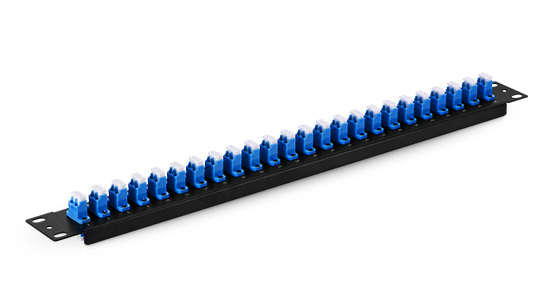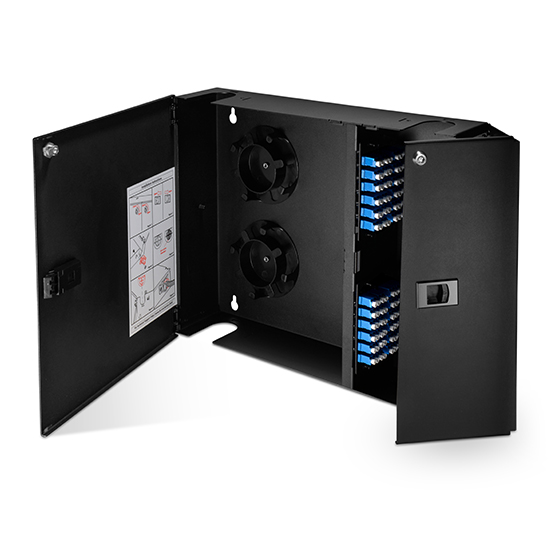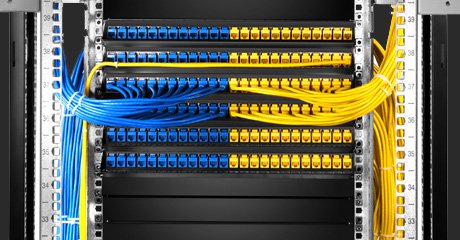Patch panel cable management is a common practice in network system. This because technology develops at an unbelievable speed, consequently, today’s server rooms are featured with a large number of different bandwidth-intensive devices, such as clustered storage systems, blade servers, virtualization applications or some other backup devices. These devices are all interconnected via network cables or cable management tools. Besides, it’s known that challenges in server rooms arise not only with trying to pursue the increasing demand of higher performance and flexibility in order to achieve a scalable and manageable cabling infrastructure, but also with evolving cabling industry standards, which sometimes may determine future’s cabling offerings standards for technological growth. To solve those problems, patch panel cable management is a wise choice in the physical plant.
Benefits of Patch Panel Cable Management
Patch panel cable management describes how fiber cables are connected and managed in a patch panel. Fiber optic patch panel is a very popular cable management tool used for wiring fiber cables in an organized way. And a correct patch panel cable management will deliver several advantages, which will enhance one’s network availability.
-
Reduced signal interference. Patch panel makes the cables in their corresponding positions, that means the cables will not interfere with each other. This can greatly reduce the crosstalk and interference between cables and ensure cables’ performance.
-
Improved serviceability. Patch panel allows technicians to recognize which cable should be changed or upgraded easily, minimizing working time and improving safety.
-
Cooler function. Thanks to the fix positions of cables in a patch panel, there is more space within a rack for air flowing. It brings down the whole equipment running temperature.
-
A roadmap for growth. Labels on the patch panel is an effective cable management which gives the direction to technicians to scale and adapt to changes in cabling infrastructure as well as reducing service time.
Tips for Patch Panel Cable Management
Here are several patch panel cable management tips for network installers.
Start with measuring. Remember the adage “Measure twice, cut once”. Measure the cables’ length needed for a patch panel carefully, to avoid messy cabling and expensive cable waste.
Don’t forget the labels. Just take some time to mark clearly on the connection point, which will pay off in the long run.
End with testing. After connecting cables via patch panel, test each cable by using a quality tester. If the test doesn’t pass 100%, reconfigure the cable. Believe me, this step will avoid lots of extra work in the end.
Patch Panel Cable Management Solutions
Patch panels are available in different categories based on various ports and designs. Confused about which one will work for your application? FS.COM is the right way for your cabling design. The following are the two products sold well from FS.COM.
24 port fiber patch panel is the best choice for small LAN cable management. This 24 port LC duplex fiber patch panel with a max cable capacity of 48 OS2 single mode fibers is suitable for 1U high 19 inch frame rack mount or cabinet. The ports are in the upright design with folded sides, providing a cold aisle orientation for cables.
Wall mount patch panel is a wise practice in the limited room. This fiber optic wall mount patch panel can hold 4 standard FHD series adapter panels. The max cables capacity of this type is 96 fibers. Equipped with slack spools, strain relief and silica gel stopple, the wall mount patch panel can protect cables bend radius and prevent dust.
FS.COM patch panel cable management tools are ideally designed to store, protect and terminate fiber cables and connectors. Need help with setting up a patch panel cable management? FS.COM is the definitive choice for all your optical fiber needs.


